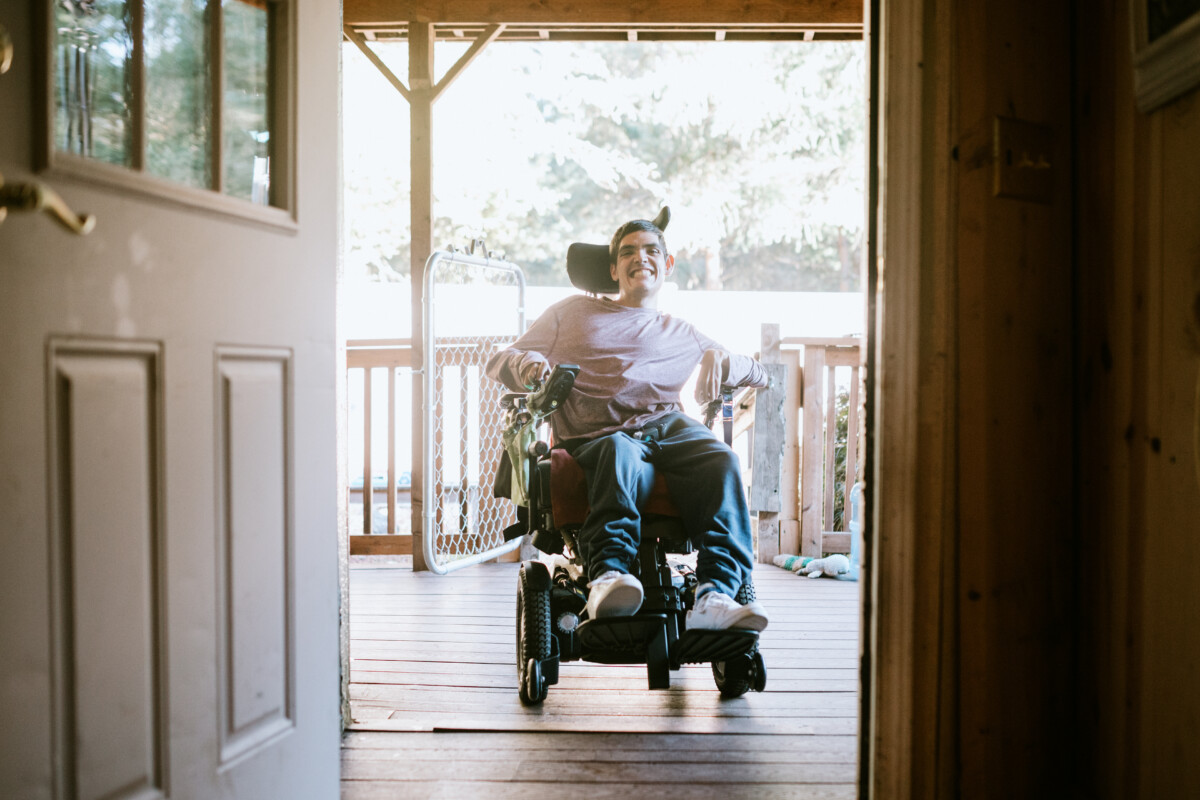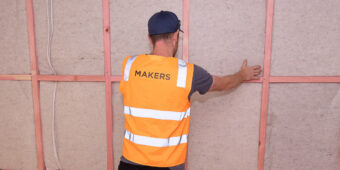FUTURE-PROOFING OUR BUILDINGS
25 Nov 2021, LBP & Regulation, Learn, Prove Your Know How

Aotearoa New Zealand Disability Rights Commissioner Paula Tesoriero states her case as to why universal design solutions for housing must be embraced
About 24% of our population identify as disabled – that’s roughly 1m people in Aotearoa New Zealand. Despite this, around 130,000 disabled people in this country live in homes that don’t fully meet their needs.
That figure is likely to increase as our population ages, however so much of our built environment excludes disabled people because of its design. Many disabled people are not able to live in houses suitable to their needs or access buildings in the way non-disabled people can – routinely and easily.
A study by Lifemark® (a division of CCS Disability Action), looked at the application of the principles of universal design (UD) in new homes. It found that three key features of accessibility – level pathways and entrances, an easily accessible bathroom on the ground floor, and wide doorways – were found in just 5% of new homes, while only 2% of new homes would comply with Lifemark’s® higher standards of accessibility. The study also found that one in six people need modifications to their home.
As the Disability Rights Commissioner, my role is to protect and promote the rights of disabled people. Those rights are set out in both the NZ Bill of Rights Act, and the Human Rights Act. This country is also a signatory to the United Nations Convention on the Rights of People with Disabilities, and these elements combined bring a collective responsibility.
Universal Design
Universal design (UD) solutions future-proof buildings for the modern world so anyone can use them – and no one is excluded. UD principles marry uber-functionality with aesthetics – homes built to these principles can easily be visually attractive as well as functional and practical. Universally designed structures work for all of us, at any stage or age. From a disability-rights perspective, universal design is truly fundamental to building an inclusive society.
Lead building practitioners and designers may be in a challenging position. Even though they may see the functional and aesthetic benefits of UD, clients may be reluctant or unable to extrapolate the longer-term benefits and assume considerable additional costs. From a societal perspective, this view is short-sighted because UD is all about making structures work for most people – and that includes disabled people.
Vastly reduced costs long-term
According to building research body BRANZ, it’s more expensive to retrofit a structure than to build it from scratch using UD principles. Its research found the cost of incorporating essential UD features on a new house (150-200 m2) was just $1,700, compared to $14,000 for a retrofit. It also found that, in most cases, the extra costs of incorporating UD solutions is about 0.5% of the total build cost.
BRANZ also endorses universal design because its concepts and solutions ‘make sense’ as buildings designed with these principles are more attractive to a wider group of buyers. See BRANZ’s website for a universal design calculator.
It can be done
The New Zealand Disability Strategy (2016 to 2026) is a roadmap to help implement the UN Convention on the Rights of People with Disabilities. The strategy aims to influence and regulate for the kind of changes I’m advocating and lays out the outcomes that local councils, planners, designers and builders can contribute to.
There are some good examples of local government leading on UD initiatives. The Thames Coromandel District Council incentivised new builds using UD solutions after modelling showed the district’s population was aging and it was more cost effective for builders to get it right the first time than to retrofit homes to suit its aging population.
Hamilton City Council is incentivising developers to achieve Lifemark® certification in residential developments in the central city, while Palmerston North City Council’s Lifemark® 4 star Papaioea Place project will have 76 new homes. Hauraki District Council has also incentivised UD in recognition of the need to be designing homes that cater for the needs of the elderly and disabled people in our communities.
Our society is undergoing quite rapid social and cultural change. The building industry could grasp this opportunity to promote UD as mainstream and there is an opportunity to pivot from a one-size-fits-all approach in our built environment to creating adaptive and inclusive structures that stand the test of time. What a great legacy to leave.
My aspiration as Disability Rights Commissioner is to have 100% UD for all new government new builds and eventually for all new builds. That’s because I view this as not just about the design of housing – it’s about creating an accessible world with infrastructure that supports disability and diversity. As a social indicator, housing is something we need to do better in.
If you are interested in reading more about accessible housing, check out the NZ Human Rights website.
Paula Tesoriero MNZM is Aotearoa New Zealand’s Disability Rights Commissioner. Her role is to promote, support and advocate for disabled people. Aotearoa New Zealand is a signatory to the United Nations Convention on the Rights of People with Disabilities.
Register to earn LBP Points Sign in
4 Comments
Leave a Reply
You must be logged in to post a comment.




👍
Great
Nice
ok